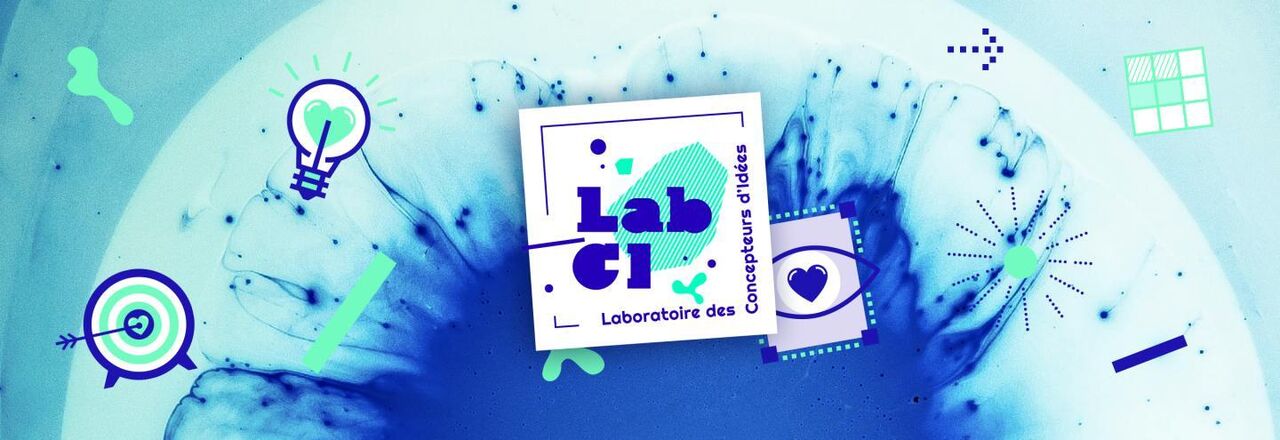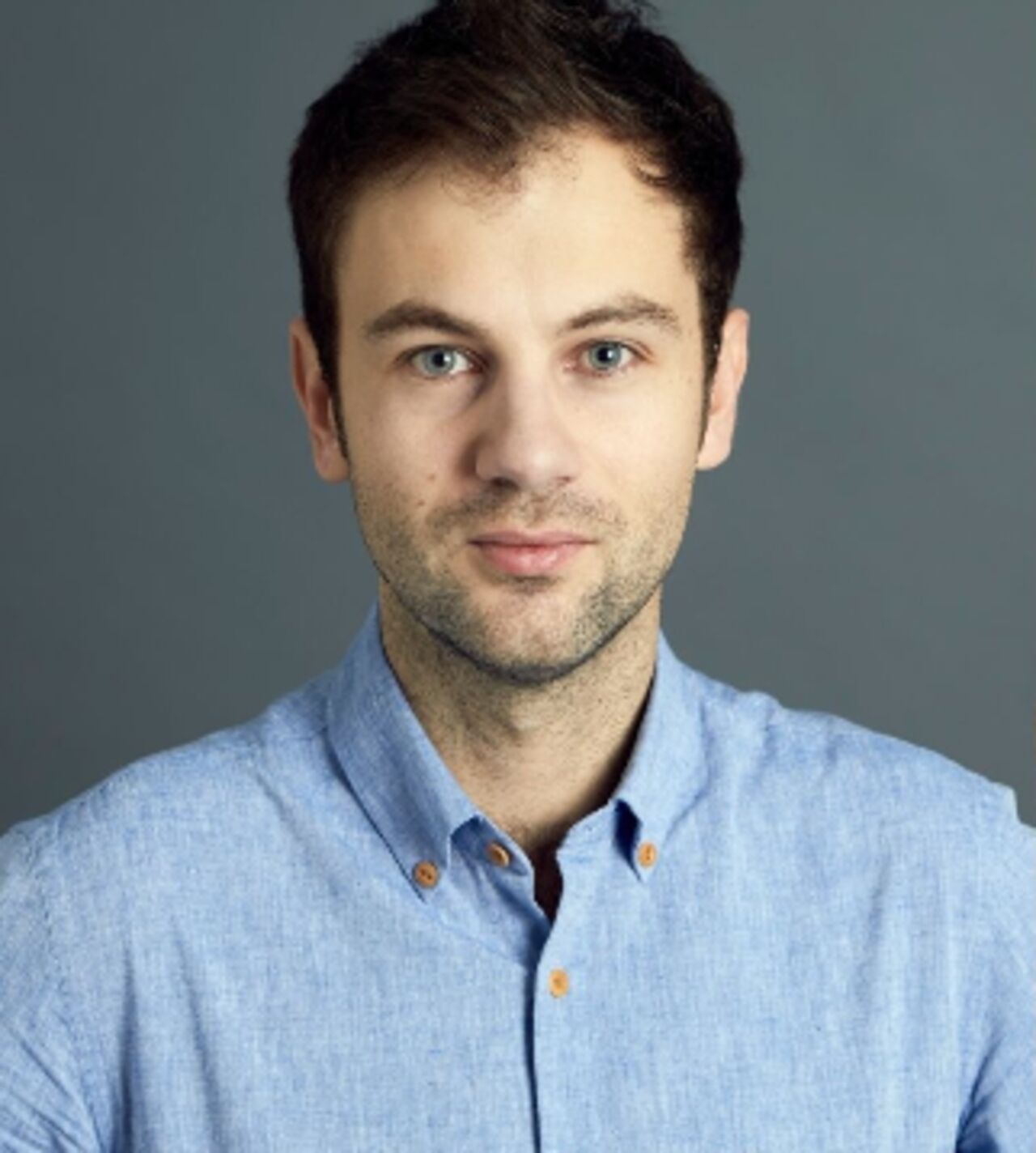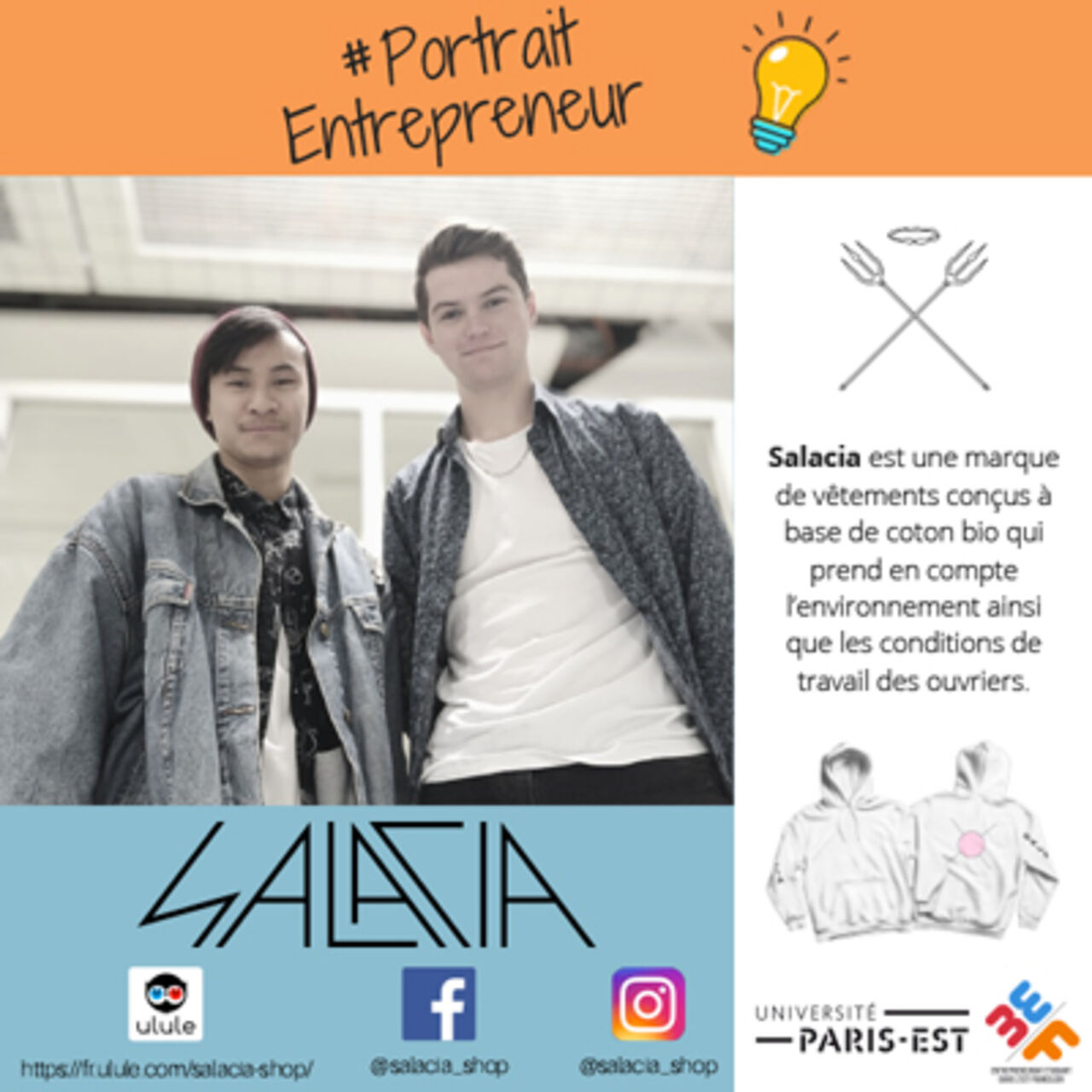Université Gustave Eiffel drew on the experience of the Digital Campus of the former UPEM (now the Digital & Media Department of the CIPEN), which has been implementing digital training means and promoting open and remote teaching since 2008. This strengthened the resilience of the establishment.
Following its creation in January 2020, in March 2020 the CIPEN was forced to structure its services and the tasks of its officers differently, in order to respond to various imperatives and anticipate potential needs. In the weeks prior to closure, the CIPEN was able to concertedly re-organise itself, with a view to assisting, supporting and guiding teachers and teacher-researchers in the implementation of their teaching continuity measures.
Concrete actions were set in motion:
- The reinforcement, technically speaking, of the digital teaching platform thanks to the IT department (DGDIN)
- The creation of a remote-teaching guide
- The creation of remote training modules for teachers and teacher-researchers
- Individual support and training for teachers in the setting-up of remote classes
- The creation of a temporary hotline for audio-visual and digital tool queries
- The promotion of user-friendly tools to maintain contact with students
- The setting-up of tools such as Zoom to enable teachers/teacher-researchers to continue organising group sessions and deliver lectures
- The creation of a discussion group and hotline with a hundred volunteer teachers on Discord (The Monitors) and a discussion group with student delegates, also on Discord (Student Monitors)
- The setting-up of remote language teaching
Similarly, in readiness for the 2020/2021 academic year, the CIPEN wished to build a stock of audio-visual equipment (graphic tablets, webcams, microphones, headsets, etc.) in order to equip teachers individually. Given the international scale of the crisis, world shortages in audio-visual equipment did not allow for this stock to be made available immediately. This delay was rapidly offset by priority deliveries for our establishment by the holders of public orders.
The end of 2020 was also marked by the preparation of the 2021 calendar year, mostly via teleworking and remote teaching for students.





